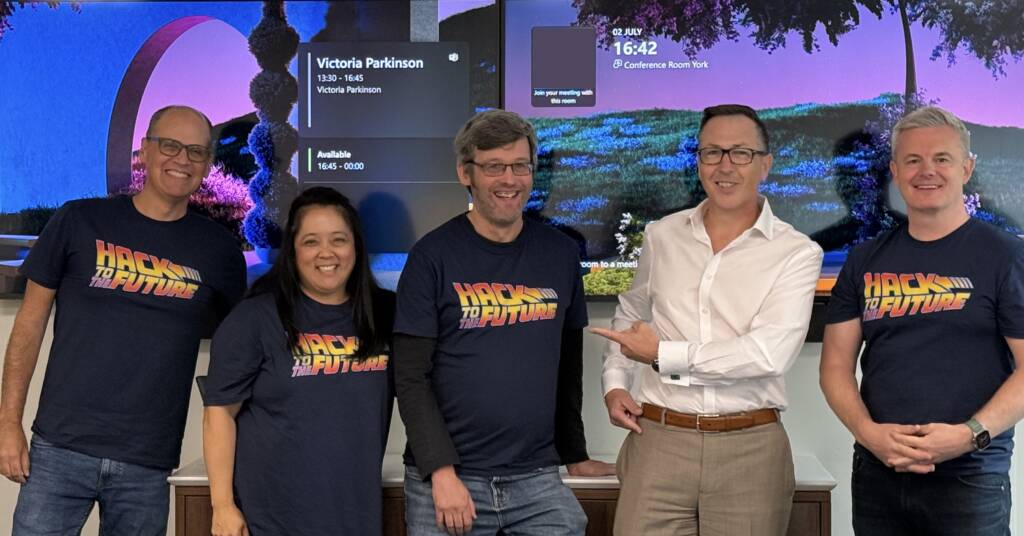3 Big Questions, 3 Big Answers: Solving For The Remote Workforce
From our Star Fall Forum breakout session on compliance challenges and solutions in the era of COVID-19, recapping our benchmarking survey and offering an in-depth discussion with a panel of veteran compliance professionals
News that three coronavirus vaccines are reporting high efficacy rates is welcome news, to say the least. But for all the well-deserved fanfare, the coronavirus and resulting remote work on a large scale is going to be with us well into the new year, along with the compliance challenges the combination of the two brings. At the recent Star Fall Forum, we set out to help firms face this new reality by recapping the findings of our benchmark study on how COVID-19 has affected compliance, and hearing from a panel of compliance officers who have successfully adapted their programs in response to the ongoing situation.
On the panel were Michael Murray, Head of Monitoring & Ethics at Baillie Gifford, and Jim Prescott, Vice President, Compliance at Ariel Investments. Mike Alger, Head Of Sales Engineering & Relationship Management at Star, moderated the discussion. Following are the three big questions and three big answers that emerged.
1. HOW HAS NEW EMPLOYEE ONBOARDING BEEN GOING?
From the survey, Alger: “Looking at the majority of responses, virtual onboarding was a significant challenge, with new employees and compliance both accustomed to meeting face-to-face. Back when I was an intern, and just getting started at a big bank, sitting down with the compliance team was a significant moment. How has that changed? How has employee onboarding been going for you?”
Prescott: “Here at Ariel, onboarding has, I believe, actually been better for us in the pandemic. I think it’s a matter of good timing. We went live with STAR in January, and moved from a system we were, for starters, many versions behind on. The old system was also one that was still very manual—very paper based—for certain tasks. And then suddenly having remote access, and being able to share screens, it’s almost like the new employee is sitting right there next to you. It all took some getting used to, but once we did get used to it—once summer hit and we were really rolling, and knew how to put STAR to work for us—the onboarding process has been surprisingly effective. We’re taking full advantage of it.”
Murray: “I think our overall experience has been one of continuity, with pretty much a seamless change to remote working. Operationally, our employee onboarding works exactly the same. We’ve been with Star since 2016, so we haven’t really seen any change in terms of the practical steps. Where we have seen change is with our new-employee compliance inductions. We’ve still been doing these on day one. However, this has been via Zoom/Teams rather than face-to-face. Whilst ultimately this works, we don’t think it’s quite the same. The benefits of a face-to-face induction is that it gives compliance an opportunity to build a relationship with the employee. It’s also a golden opportunity to build some rapport and to show the friendly and approachable face of compliance, which is important. It’s also far easier to read body language face-to-face. You can do all of these things via Zoom/Teams, but it’s more difficult. Thinking about 2021, it’s looking like we’ll be out of the office at the beginning of the year, at least. To that end our firm is looking, where guidance permits, to get parts of the office opened up for things like onboarding—to have that invaluable opportunity to sit down with new employees face-to-face. That will always be our preference, but otherwise onboarding has gone smoothly.”
2. HOW HAVE YOU KEPT CONNECTED WITH COLLEAGUES AND EMPLOYEES?
From the survey, Alger: “Another big theme, in terms of compliance challenges presented by COVID-19, was staying connected. As already noted, people are very used to face-to-face interaction. The compliance team may be in one office, or used to working with each other on the same floor. Then, asking employees to work from home, you have think about how to stay connected to them, too. What’s been your experience so far?”
Murray: “When we’re all in the office, we have a lot of desk-based interactions with our colleagues on Code of Ethics matters, and lots of one-on-one conversations in breakout rooms. There are also all the small, quick questions you get passing in the corridor or at the coffee machine. Working remotely, we feel we’ve definitely lost these important face-to-face connections. That said, the volume of emails and Zoom/Teams calls has increased dramatically this year as a result, so we still feel we’re connected. I think if the volume of day-to-day Code of Ethics queries had tailed off significantly, that would have been a concern, but that hasn’t been our experience. We are, however, not getting complacent. One innovative thing we’re looking to do is launch a Code of Ethics virtual assistant: a chatbot. It’s obviously not going to replace human interaction, but it’s another potential communications channel that we’re opening up to employees. It would be for routine, policy-based questions that someone might ask compliance in passing or at the desk. We don’t want to lose those small, quick-win questions, so hopefully our virtual assistant will address that.”
Prescott: “As much as we’ve enjoyed having remote-access tools available to us, Michael’s right. Not having that face-to-face interaction? When you’ve spent five or ten years working with the same people? It’s hard. Ariel’s a relatively small company. Many of us have been there for years. We know each other pretty well. We’re used to checking in with each other in-person. But now, as we onboard new people, we just don’t get to know them as well. We’ve tried to do check-ins. Meetings. We do more follow-up with emails. One situation that comes to mind is our 60-day trade rule. It clearly wasn’t getting communicated correctly, particularly in the spring; people were trading, maybe for the first time, and hopping in and hopping out of a security and thinking that was fine. This was particularly an issue with employee spouses. So we emailed a lot about that to make sure people clearly understood the policy.”
3. HOW DO YOU SEE THE NEXT SIX MONTHS PLAYING OUT?
From the survey, Alger: “It’s crystal ball time. Per the survey, 76% of compliance teams that rely on vendor solutions to help them manage their processes said their current processes have continued to be very effective. What’s been your experience? What are you doing differently since the start of the pandemic? What do you plan to do differently moving forward? Do you foresee any big changes?”
Murray: “We’re very conscious of the Code-of-Ethics team’s visibility in a remote-work environment. We’re probably busier than we’ve ever been before, but who can see it? In the office, we’re a very visible team with lots of employee engagement. People can see we’re busy. There’s a risk that with continued remote working we become out of sight and out of mind, so we’re keen to address this issue. A key focus for us next year will be to improve the quality of our output and increase the team’s profile that way. For example, rather than exceptions-focused reporting and output, we want to start developing some wider data-analytics capabilities. That is, as well as traditional violations reporting, we’ll develop analytics to provide more positive assurance messages where things are going well, or use analytics to flag up potential emerging risk areas and behaviors that might not be technical breaches but which are worth noting. We think this will be a good way of engaging with our colleagues and key stakeholders, i.e., using data analytics to generate discussion and increase engagement.”
Prescott: “Well, we definitely don’t have a crystal ball. I wish we did. We don’t know exactly how all of this is going to turn out, but I think everyone agrees that there’s going to be some version of remote work from now on. One aspect of this that’s very interesting is, we’re seeing people picking up and moving and working from wherever. For 2021, we’re really focused on utilizing the tools we’ve been given in STAR to make our compliance processes even more efficient and effective, and to make compliance simpler and easier for employees to use so they can stay compliant from anywhere. We’ve also been very happy with the results of the STAR insider-trading tools. They’ve been key in addressing some of these remote-work issues. We also want to push more responsibility onto supervisors—using STAR dashboards to put compliance front and center. Which brings us back to visibility: whatever helps us stay visible to each other and to employees, we’ll be good, COVID or no.”
The Compliance Officer’s Guide To Employee Compliance






